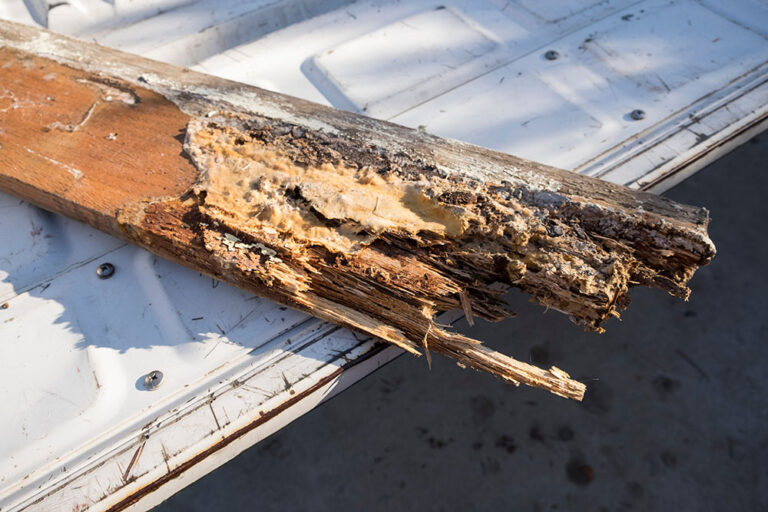Dry Rot: A Silent Threat to Your Home's Integrity

Table of Contents
Batten the hatches, folks! There’s a silent enemy that’s silently sabotaging homes across the country: dry rot. It sneakily gnaws away at your home’s integrity under the guise of all things innocuous. And by the time you notice its presence, the damage has already been done—reminding us of the old adage, “appearances can be deceiving.” So, let’s dig into the core of this issue and figure out how to guard our homes against this harmful fungus.
What Exactly is Dry Rot?
Contrary to its confusing name, dry rot doesn’t actually require bone-dry conditions to wreak havoc. This sneaky fungus actually thrives in damp and moist environments. Once it finds a cozy spot, it starts feasting on the wood, devouring its strength and rigidity until all that’s left is a brittle, crumbled shell. Eek, that’s your home we’re talking about!
Dry rot is caused by a type of fungi known as Serpula lacrymans. These fungi are experts at surviving in high humidity levels, making them particularly dangerous for areas prone to moisture buildup. They have a unique ability to break down cellulose, the main component of wood, which allows them to feed on the structural integrity of your home.
As they grow and spread, they produce spores that can travel through the air, seeking out new sources of moisture and wood to infest. If left untreated, dry rot can cause significant damage to the wooden structures of your home, compromising their stability and potentially leading to costly repairs. So, it’s important to keep an eye out for any signs of this destructive fungus and take immediate action to prevent further damage.
Contact DrBalcony for a professional inspection!
Ensure the safety of your balcony and living space with DrBalcony - We're a Tech Engineering firm that specializes in California SB326 & SB721 balcony inspections. Over 300+ completed projects in California.
Request A Free EstimateClick To CallRecognizing the Enemy – Signs of Dry Rot
Just like a sneaky chameleon, dry rot has a knack for blending in with its surroundings. But fear not! There are a few clues that can help you unveil its nasty game:
Remember, while these signals may be subtle, being aware of them can save you a lot of headaches in the long run!
Ward off Dry Rot: Prevention is Better Than Cure
You’ve heard it before, but it bears repeating—for warding off dry rot, prevention is key. Here are some actionable strategies:
Congratulations! You’re now geared with practical wisdom to outsmart dry rot.
Conclusion: The Battle Against Dry Rot
No need to worry about dry rot creeping up on us! With these clever strategies in our arsenal, we can confidently defend against this sneaky and damaging fungus. It’s important to keep in mind that dry rot thrives on neglect, so let’s stay one step ahead by being proactive and watchful. By doing so, we’ll guarantee that our homes stay protected, strong, and long-lasting. We won’t let dry rot get cozy here—it can stay out in the cold where it belongs!
Contact DrBalcony for a professional inspection!
Ensure the safety of your balcony and living space with DrBalcony - We're a Tech Engineering firm that specializes in California SB326 & SB721 balcony inspections. Over 300+ completed projects in California.
Request A Free EstimateClick To CallFAQ Section: Top Questions & Answers
Do I need to have an inspection even if my balcony seems fine?
Yes! SB-326 mandates regular inspections regardless of apparent condition—preventive measures are always better than remedial ones!
What if my property doesn't pass the inspection?
If any deficiencies are found, repairs must be done promptly to ensure the safety of the residents.
Can my regular maintenance guy conduct the inspection?
No, inspections under SB-326 require a licensed structural engineer or architect. It’s better to leave this one to the pros!
